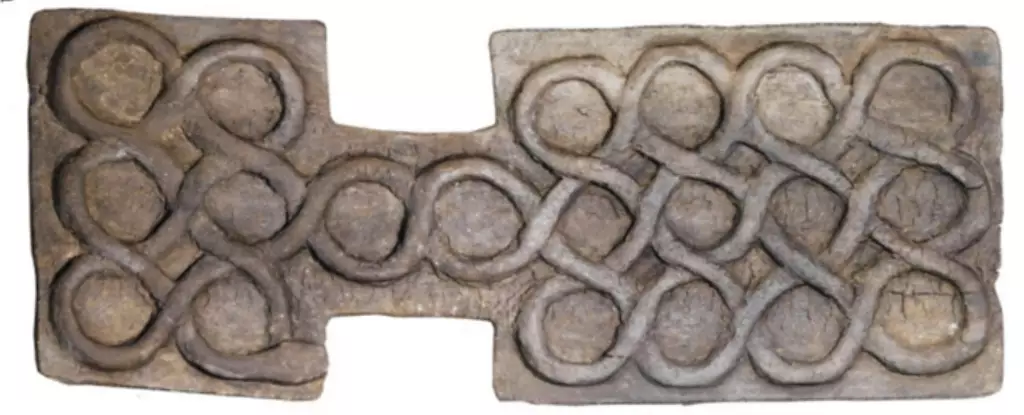Board games have long served as a bridge to connect generations and cultures, offering entertainment and strategic challenge. One such fascinating artifact was unearthed in Shahr-i Sokhta, an archaeological site in southeastern Iran. Discovered nearly half a century ago in 1977, this game, believed to date back approximately 4,500 years, provides a glimpse into the leisure activities of ancient civilizations. As researchers, including computer scientist Sam Jelveh and independent archaeologist Hossein Moradi, unraveled the rules associated with this intriguing game, they opened a window not only into how people played but also into the cultural significance of gaming practices in the Near East.
The Shahr-i Sokhta board game consists of a well-preserved set, which includes a game board, 27 intricately designed pieces, and four uniquely shaped dice adorned with circular engravings. The level of craftsmanship evident in these artifacts highlights the sophistication of the society that produced them. While the game bears resemblance to the renowned Royal Game of Ur, the differences in layout and design necessitated extensive analysis to deduce how it was likely played.
Researchers approached the task of decoding the game’s rules with a methodical strategy. By examining physical attributes and utilizing various modeling techniques, they were able to propose a plausible set of rules. What sets their work apart is the attention to historical accuracy—acknowledging that this new understanding has the potential to reshape our comprehension of board games from this region and era. The researchers articulate this transformative potential in their findings, underscoring how each component of the game holds significance in deciphering the cultural landscape of ancient play.
Delving deeper into the mechanics of the game, the researchers identified two distinct sets of pieces designated as “runner” pieces, with ten pieces per player, indicating it was a two-player game. In addition, components resembling stars would serve the role of “safe houses,” while cone-like pieces were speculated to function as “blockers,” reflecting strategic elements commonly found in modern board games. The layout of the board, resembling a snake with segmented areas dedicated to movement, adds layers of strategic depth, allowing players to maneuver pieces through varying terrains while competing against one another to outpace their opponent.
The extraction of gameplay dynamics does not come without challenges, however. The researchers themselves caution that the proposed rules are reconstructive, designed to align logically with the recovered pieces rather than being definitive accounts of how the game was originally played. Nonetheless, initial tests with contemporary players show promising results; the reconstructed rules yield high scores in originality and replayability, suggesting that they capture the spirit of strategic play.
Shahr-i Sokhta, once a pivotal urban center during the third millennium BCE, provides a rich context for understanding the cultural life of its inhabitants. The city’s historical significance is drawn not just from the game but from the broader spectrum of artifacts unearthed in the region, which shows a thriving society with complex social structures. The existence of over one hundred variations of similar games from around the same timeframe reinforces the idea that board games were integral to social interaction in ancient times.
Archaeologists commonly refer to this particular type of game as the “game of twenty squares,” indicating it forms part of a broader category of similar games that were prevalent throughout Mesopotamia and beyond. This categorization highlights a shared cultural pastime, suggesting that the allure of competitive gameplay transcended geographic and temporal boundaries.
The findings stemming from the analysis of the Shahr-i Sokhta board game exemplify how artifacts can illuminate facets of our collective history. They encourage modern audiences to not only engage with these ancient forms of entertainment but also to appreciate the cultural significance embedded within them. Ultimately, the rules reconstructed by contemporary researchers transcend the simplistic notion of a game; they open a dialogue with the past, celebrating human ingenuity and the diverse ways we seek joy, competition, and connection across time.

Leave a Reply